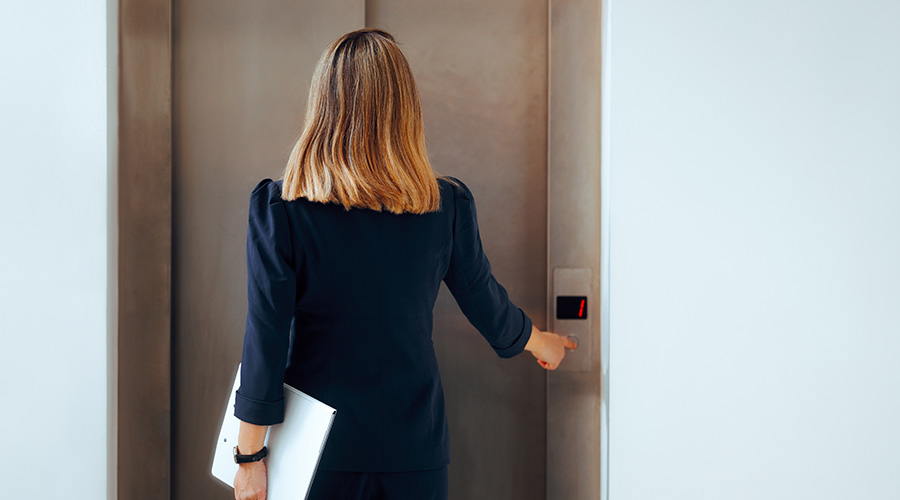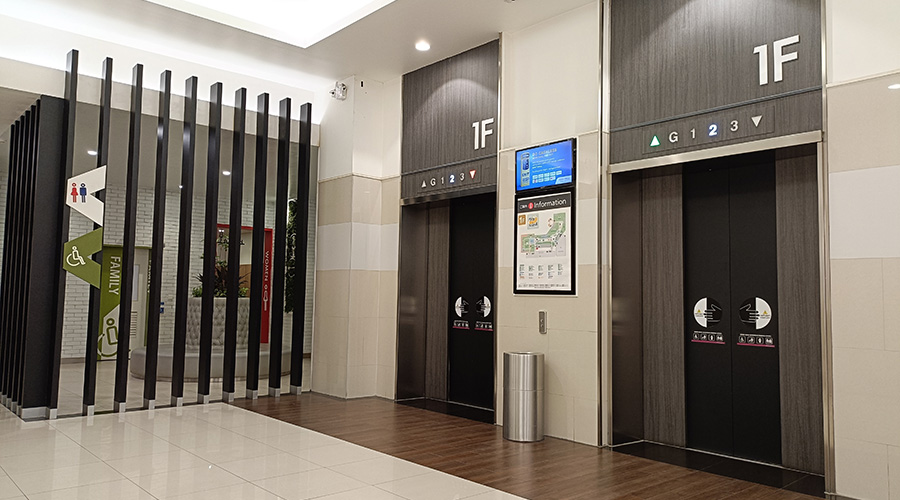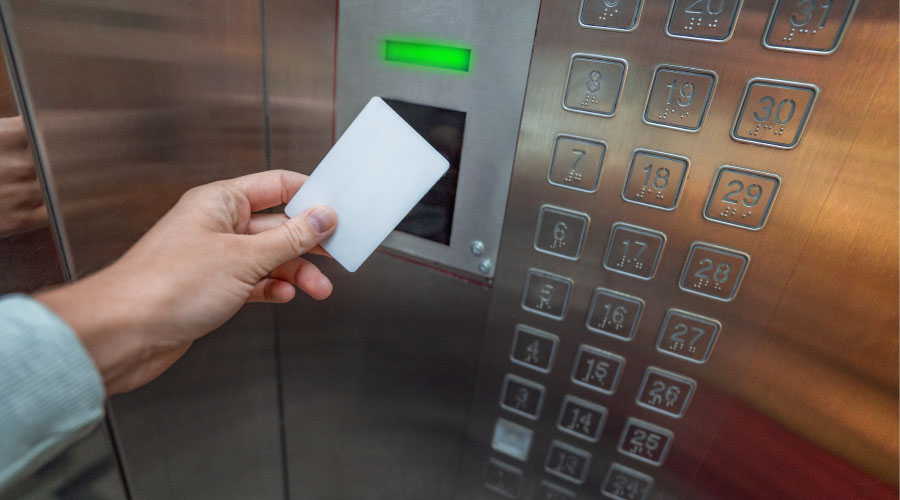How To Reduce Elevators' Energy Use
Elevators’ energy use can be reduced through a variety of means, including the use of more efficient AC motors and regenerative drives, but this objective does not always get top priority. Most facility managers look first to the lighting, heating, and cooling systems when searching for opportunities to cut energy use in their buildings. That’s an understandable approach, as these systems together account for more than half of the energy used by commercial buildings, according to the U.S. Department of Energy.
Elevators, in contrast, typically account for a much smaller fraction of commercial buildings’ energy use. But it still adds up. DOE reports that commercial buildings consumed 17.9 quadrillion British thermal units (Btus) of primary energy in 2009. Saving just a small percentage of this number could conserve a tremendous amount of energy.
A variety of energy saving measures can cut elevators’ energy consumption significantly — in some cases, by up to half, elevator consultants estimate. “The elevator industry has been working on energy efficiency long before there was a term ‘green,’” says Martha Hulgan, owner of MMH & Associates.
AC Power
One of the most significant advances in elevator technology has been the steady move over the past few decades from direct current to more efficient alternating current elevator motors. Before the 1990s, elevator systems relied on DC power because it was easier to control elevator acceleration, deceleration, and stopping with this form of power, says Jay Popp, executive vice president, international, with Lerch Bates. As a result, AC power typically was restricted to freight elevators, where comfort and speed weren’t as critical as they were with passenger elevators.
By the late 1990s, however, more elevators had moved to AC machines. Motor controller technology had advanced to the point where it could effectively regulate AC power to provide smooth acceleration, deceleration, and stopping, Popp says. It no longer was necessary to rectify AC power to DC power and then use a DC hoist machine. Virtually all elevators sold today use AC, gearless, permanent magnet, synchronous motor machines. “They’re extremely efficient,” Popp says. Some manufacturers offer AC, gearless induction machines, he adds.
Even though magnetic motors generally are more expensive, they tend to be smaller, more efficient and last longer, says Sheila Swett, executive director of the International Association of Elevator Consultants and owner of Swett & Associates.
Not only can today’s technologies cut elevators’ energy use, but they also can return energy to the building grid. Here’s how: Both an empty cab moving up and a full cab moving down aren’t using all the power available, Ernst says. Regenerative drives transmit the extra power back into the building’s power supply.
The drives can boost energy savings by an additional 10 percent, Swett estimates.
Regenerative drives can cost anywhere from several thousand to about ten thousand dollars, according to most consultants. While not inexpensive, the drives are a small percentage of the total cost of modernizing an elevator, which can easily hit six figures, Hulgan says.
The investment typically can be recouped in about four years, says Joseph Caracappa, vice president with Sierra Consulting Group, Inc. The time frame tends to be longer on lower-rise buildings, and shorter on high-rises, where the elevators use more energy.
Related Topics:













